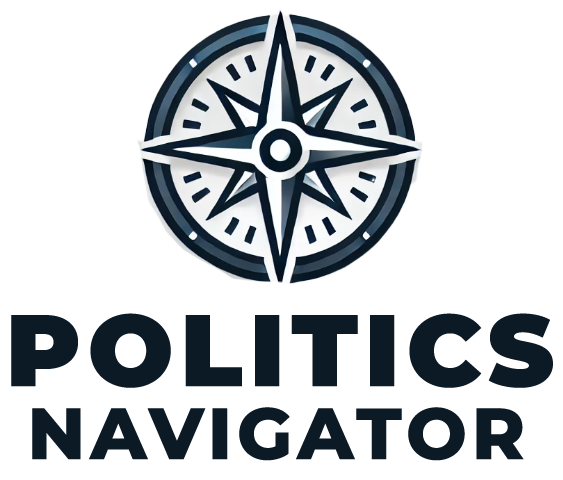In a country as diverse as the United States, the expectation is that elected officials at all levels of government would reflect the communities they serve. However, new research reveals a persistent underrepresentation of nonwhite individuals in local governments, including cities, counties, and school districts. Despite demographic shifts over the past three decades, this disparity remains a challenge for achieving equitable representation in local policymaking.
The Research: A 30-Year Analysis of Local Elections
Assistant Professor Justin de Benedictis-Kessner of Harvard Kennedy School, alongside researchers Diana Da In Lee, Yamil Velez, and Chris Warshaw, conducted an extensive study of local government elections over the past 30 years. Their focus included medium and large municipalities, covering:
- Cities with populations of at least 50,000.
- Counties with populations of at least 75,000.
This dataset represents over half of the U.S. population and provides a comprehensive view of electoral trends across 877 cities and 1,005 counties.
The researchers examined the demographics of elected officials, comparing them to the racial and ethnic makeup of their constituencies. Their findings reveal stark inequities in representation, with white individuals consistently overrepresented in positions such as mayor, city councilor, and school board member.
Key Findings: Disparities in Local Government Representation
- Overrepresentation of White Officials:
Across nearly all cities analyzed, the percentage of white elected officials exceeded the white share of the population. This trend was evident for mayors and persisted from the early 1990s through recent years. - Marginal Progress Among City Councilors:
While city council representation has moved closer to reflecting community demographics, it still falls short of parity in many areas. - Underrepresentation of Nonwhite Groups:
Black, Hispanic, Asian, and other nonwhite groups remain significantly underrepresented in local government roles. This gap limits the ability of diverse communities to have their voices heard in decision-making processes.
The Impact of Underrepresentation
The lack of proportional representation in local governments has far-reaching implications:
- Policy Disconnect: Elected officials who do not share the lived experiences of their constituents may struggle to address community-specific needs effectively. For example, underrepresented communities might face challenges in securing equitable funding for schools, infrastructure, or public health initiatives.
- Trust in Government: Representation is a cornerstone of democracy. When communities see themselves reflected in their leaders, they are more likely to trust the government and engage in civic activities like voting or public advocacy.
- Barriers to Entry: Systemic issues such as unequal access to resources, discriminatory voting practices, and socioeconomic disparities can discourage nonwhite candidates from running for office.
Why Does This Disparity Persist?
Several factors contribute to the ongoing underrepresentation of nonwhite individuals in local government:
- Structural Barriers: At-large voting systems and gerrymandered districts often dilute the political power of minority communities.
- Resource Gaps: Nonwhite candidates frequently face financial and institutional challenges that hinder their campaigns.
- Implicit Bias: Voter biases and a lack of awareness about the importance of diversity in representation can perpetuate existing inequities.
Steps Toward Greater Representation
To close the gap in representation, local governments and communities must take proactive measures:
- Electoral Reforms:
- Implement district-based elections to ensure fairer representation for diverse communities.
- Adopt ranked-choice voting systems to reduce vote-splitting and encourage minority candidates.
- Support for Nonwhite Candidates:
- Increase access to campaign funding and resources.
- Provide mentorship and training programs to empower emerging leaders from underrepresented groups.
- Community Engagement:
- Foster inclusive environments where diverse voices are encouraged to participate in civic activities.
- Educate voters on the importance of representation in shaping policies that affect their daily lives.
- Accountability and Transparency:
- Track and publicly report demographic data on elected officials to highlight areas needing improvement.
Moving Toward Equity in Local Governance
Achieving equitable representation in local governments is not just a matter of fairness—it is essential for building stronger, more inclusive communities. By addressing systemic barriers and empowering diverse candidates, local governments can better reflect and serve their constituencies.
Representation matters. When leadership mirrors the diversity of the population, it fosters trust, enhances policy effectiveness, and strengthens democracy. Closing the representation gap will require collective action from voters, policymakers, and institutions alike.
For those committed to advancing equity in local governance, this research serves as both a wake-up call and a roadmap for change. Let’s work together to ensure that every community has a seat at the table.
” style=”position: fixed;top: 10px;right: 10px;font-size: 1px;text-decoration: none”>toto slot


